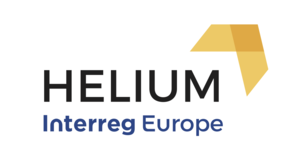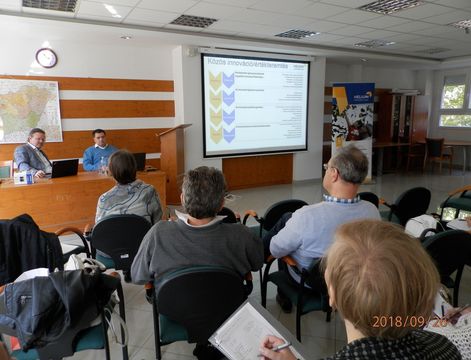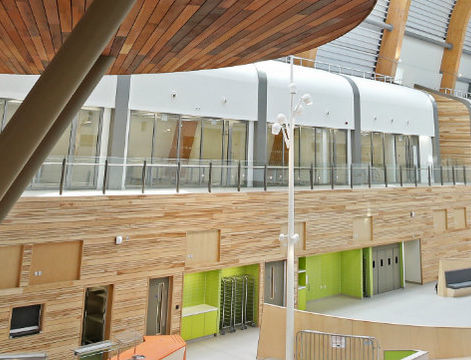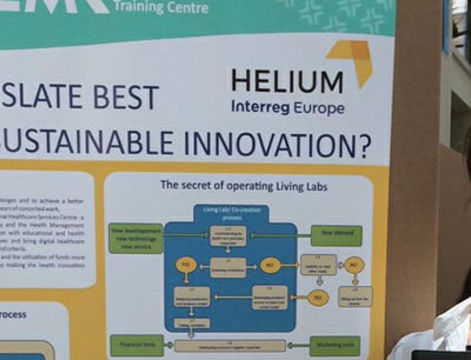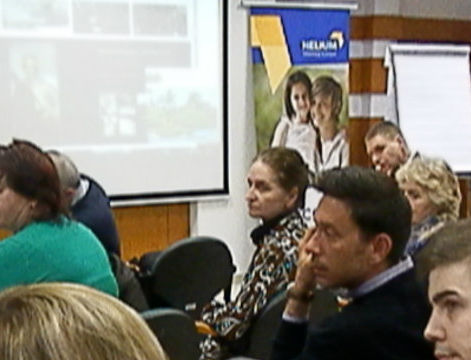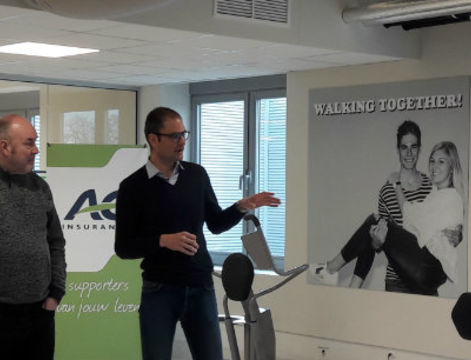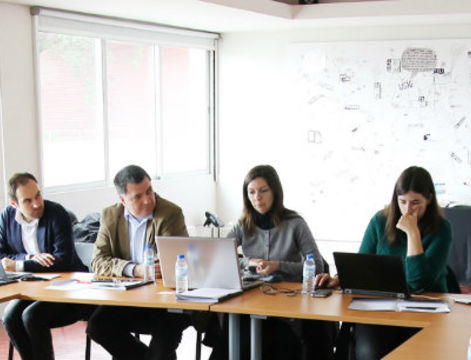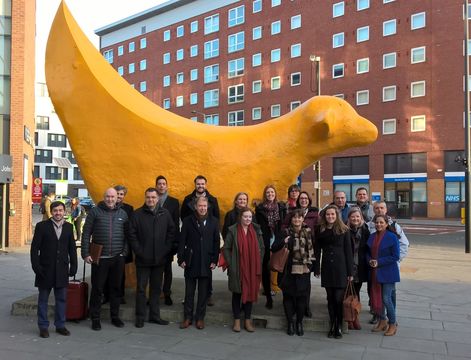The Hungarian project partners, the Semmelweis University – Health Services Management Training Centre and the National Health Care Services Centre (NHSC) hold the fourth Regional Multi Stakeholder Group (RSG) meeting of the Interreg HELIUM (Health Innovation Experimental Landscape through Policy Improvement) project on 20th March 2018, in Budapest, at the HQ of the NHSC.
The aim of the meeting was to disseminate knowledge gained during the recent staff exchange visits (in Liverpool, Porto, Eindhoven and Turnhout) and overview of GPs with the potential to be adopted or partially transferred in Hungary, as well as having a moderated debate on introducing a local living lab model among healthcare & social care actors having a cross-border cooperation in order to uptake and implement timely, rapid and correct diagnostics for infectious diseases into healthcare practice.
Starting the sequence, Tamás Kassai M.D. spoke about the integrated model of child emergency care and traumatology developed by the Alder Hey Hospital in Liverpool and the possible ways of its adaption in Hungary. He underlined that with his project team they were already re-designing bone fracture patient route and care, based on the practice of Alder Hey. He also added that overall lessons learnt would be incorporated through the most extensive adaption of the Alder Hey model into the development project of the Pál Heim Children’s Hospital in Budapest.
Second in line, István Sándor Árvai, expert engineer to the skill labs project implemented by the NHSC, gave the audience a thorough summary of in-house engineering developments implemented by Alder Hey and the significance of the rationale of in-house development activities, also from the perspective how this proves to be an efficient way to bring development in overall closer to the end-user.
Subsequently, Balázs Babarczy summed up his experience in the staff exchange to Porto, focussing on various projects targeting the reduction and efficient treatment of infections induced by multi-resistant disease causative agents, relevant to his own on-going project. On this note, Ferenc Weigl briefly explained the system and pertaining mechanisms of academia incubated spin-offs operated by the University of Porto, such as the INSEC, Resolve and CINTESIS.
Concluding the line of speakers, Márton Kiss representing the Semmelweis University in the HELIUM consortium highlighted the importance of innovation in health in Hungary, substantiating his allegation with a quick overview of the health system and general health in the country and the direct links with the low level of innovation in the sector. He also explained to the audience how HELIUM makes space for further developments of health and health care in Hungary by broadening the scale of innovative solutions that can be easily transferred.
In order to establish synergies between the Helium and the Hocare Interreg projects National Healthcare Service Centre (which is the Hungarian project partner in both projects) invited not only Helium, but stakeholders of the Hocare project as well. As both the Helium and the Hocare RMG-s took place on the same day, the Hocare stakeholders could also attend the HELIUM stakeholder meeting, where they had the opportunity to receive in depth information and learn about selected GPs from UK, Portugal, Netherlands and Belgium.
During the meeting Istvan Csizmadia chief professional officer and Ferenc Weigl, project manager gave an account on achieved progress within the project and gave an overview of the so far collected foreign and national good practices, which can serve as potential adapted models for the national Action Plans under elaboration.
Stakeholders had the opportunity to get acquainted with the different possible scenarios of GP transfer, offered by the Helium Action Plan under elaboration. The national adaptation of new innovation financing schemes/models aim to increase effectiveness of the Economic Development and Innovation Operational Programme – (EDIOP).
